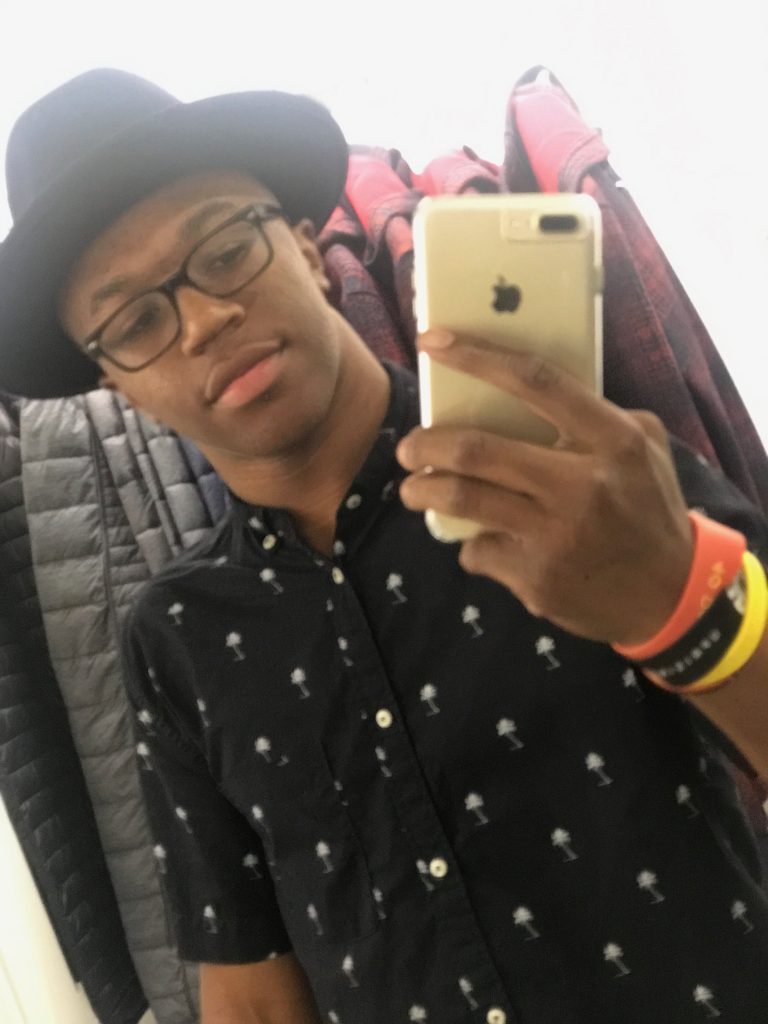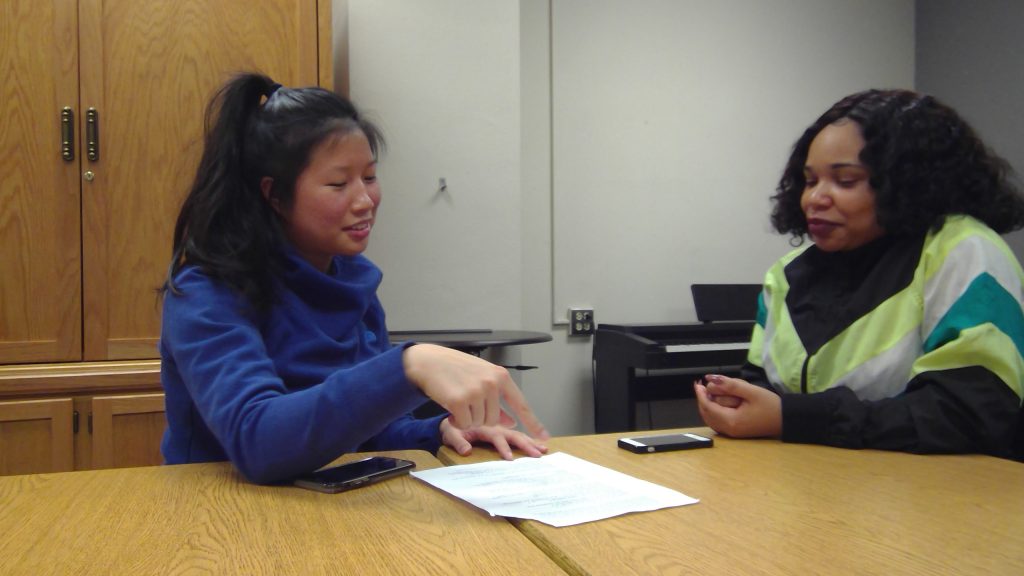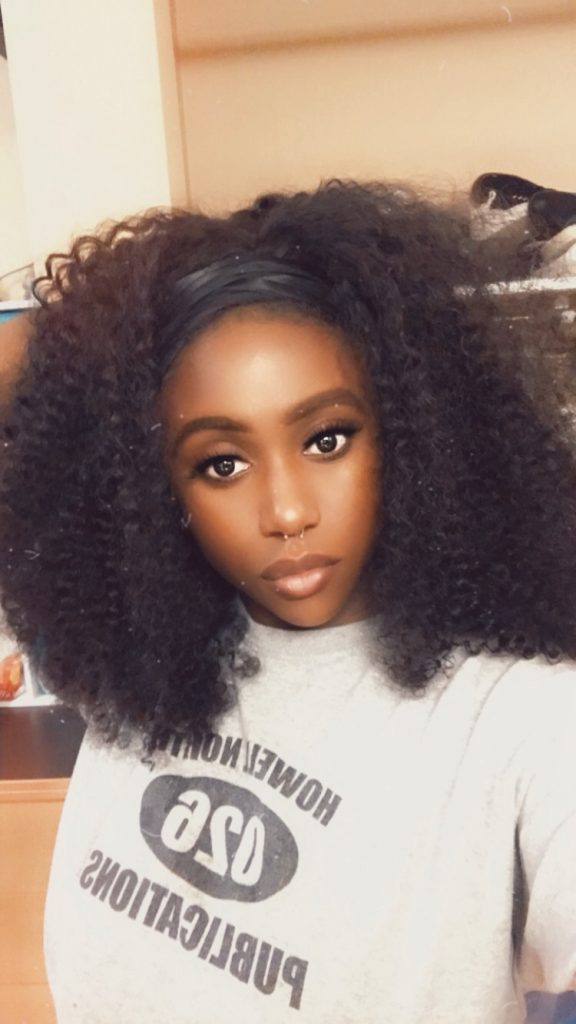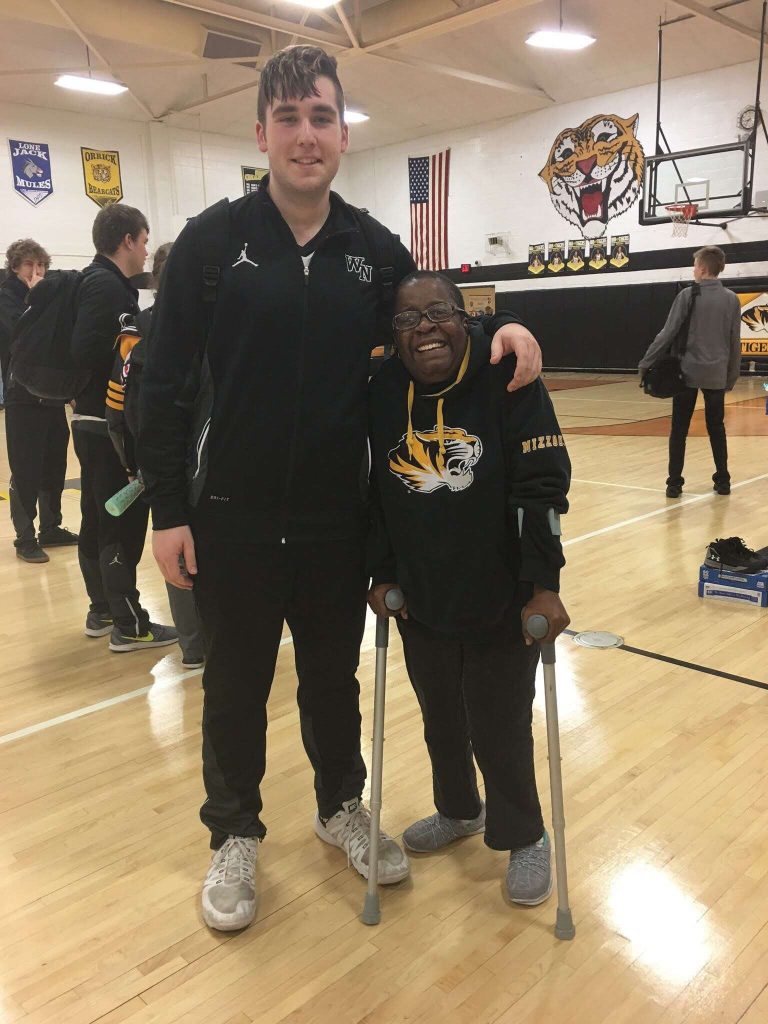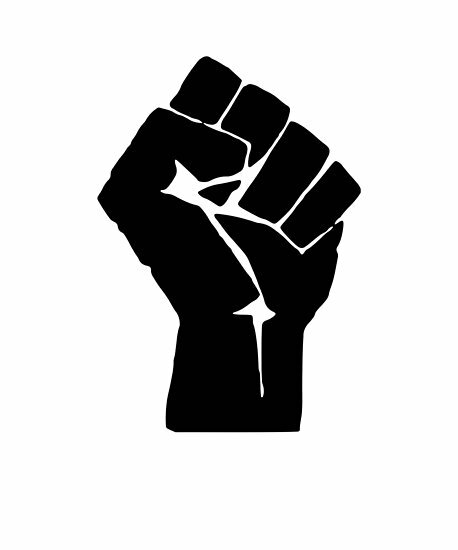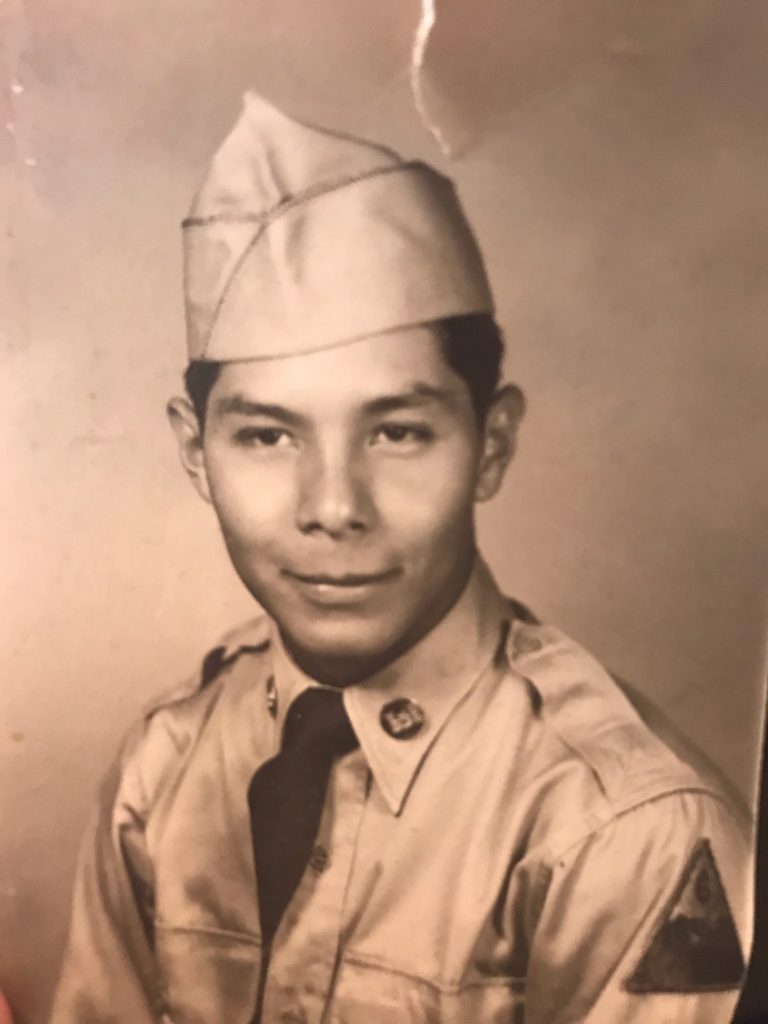At twelve, my world was dark and gray.
It seemed that I was led astray.
My skin cringed at the night
of blood shed from the fight.
Who is my friend? Family.
My brother writhed in pain.
Why do they persecute again and again?
Is this a dream that will never end?
Will there be a chance for absolution?
Who is my friend? Indemnity.
I walked home from school full of fear
Because I know the reprise is near
Dare I shed my clothes to expose my skin!
It is a calamity that I cannot win.
Who is my friend? Security.
Their piercing eyes are a deafening sound.
My hope and refuge are all but found.
Can reproach and hate ever subside?
Why do colors always collide?
Who is my friend? Diversity.
Artist’s Statement
I chose to write a poem to express the wide range of emotions that my mother felt while growing up during the 1970’s. As an Indonesian, her dark complexion often provoked intolerant people and caused her to live in fear. She watched people attack her family members and pets. She woke up to her house being egged and her garden being destroyed by her neighbors. She walked down the street with derogatory names screamed at her. All these experiences transformed her into the women she is today: strong, independent, and forgiving. Although she is treated fairly in today’s society, she observes undeserving hatred still occurs towards others. She is uncertain whether it will ever end. Nevertheless, she forgives everyone who was ever ignorant towards her.
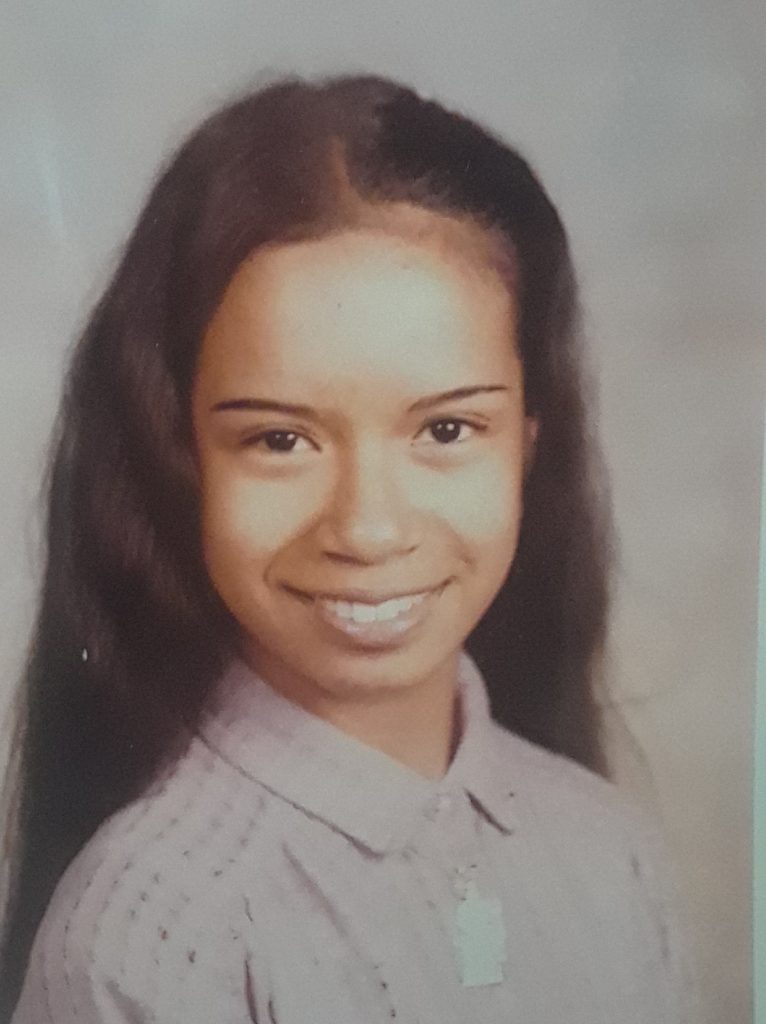
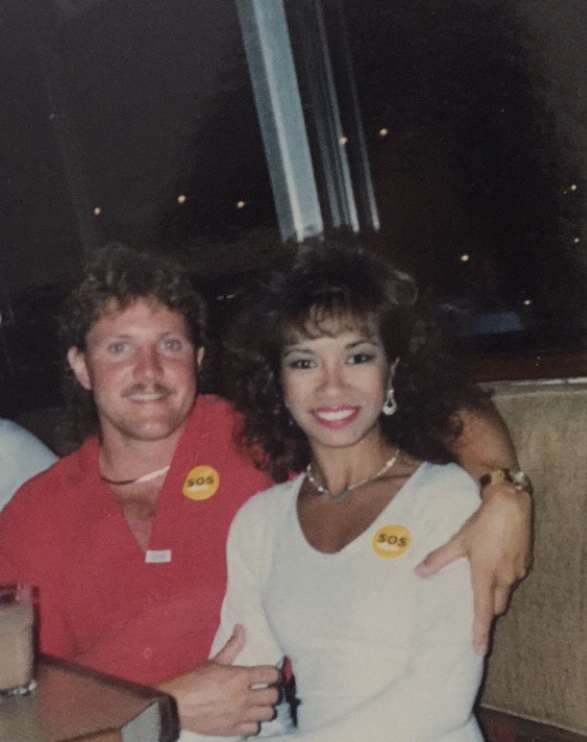
I wrote this in the first-person point of view so the reader could witness what life was like in her shoes. Some of the literary devices that I chose to display her feelings were metaphors, hyperboles, rhyming patterns, and repetition. A metaphor is used in the first line: “My world was dark and gray.” By comparing the world to something dark, it elucidates that there is much evil in the world. During the night, especially when you’re restless, it seems like time is eternal and the light will never come, which compares to how she felt during her childhood. The use of the word “gray” refers to the dullness and formality of her society. People in the community, especially children, were accustomed to how their parents acted towards people of a different ethnicity. Because this was the custom, the community didn’t blink an eye at the mistreatment of ethnically dissimilar people. This concept is comparable to the play Rhinoceros, written by Eugène Ionesco in the 1960’s. In this play, people in society are urged to transform into a rhinoceros because everyone else is becoming one. The rhinoceroses represent the pressure to be part of a group, even if their views differ from yours, just for the sake of formality and sameness. The people in the town that my mom grew up in were, metaphorically, rhinoceroses because they conformed to what everyone else believed in without question. They believed that skin color determined how you should be treated, and there was no attempt to altercate that view at the time. All in all, in the poem, the use of the metaphor is effective because it creates an image in the reader’s mind and uses conceptual objects to convey a certain emotion. In this case, it’s a feeling of lifelessness.
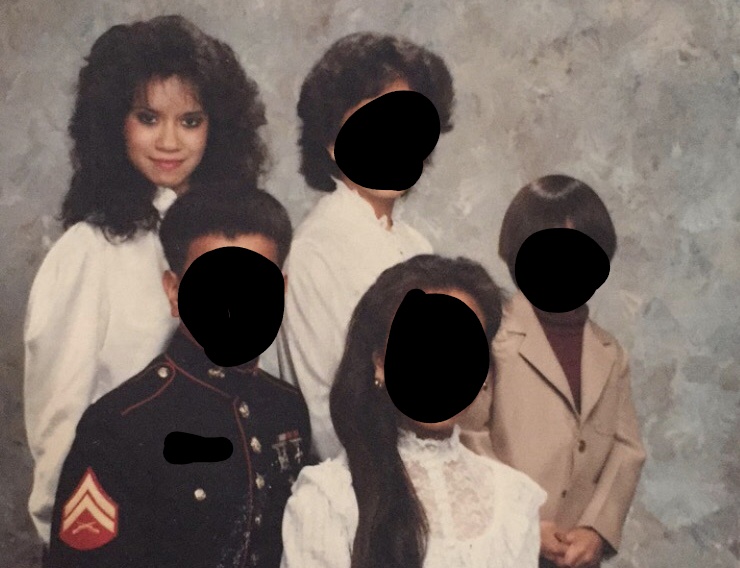
Secondly, I used a hyperbole to emphasize the divergence between different races. In the fourth line of the fourth stanza, I ask why “colors always collide?”. Of course, this isn’t meant to be taken literally; people of different races don’t actually bump into each other. This line highlights the confusion of why one’s outward identity affects the way society treats them. We are the same species, we share the same blood, so why would it make a difference? In addition, the utilization of rhyme creates a rhythm and flow throughout the piece, which demonstrates the natural journey through life. There are highs and lows, but you eventually make it through. Lastly, I added the reiteration of the question, “Who is my friend?”, which is my mother questioning who is on her side and who she can depend on. At this point in her life, she realizes that diversity has helped her become a stronger person. She is proud of her nationality and considers it to be an advantage now.

As her daughter, I have not experienced anything compared to what she has been through. Throughout middle school and high school, I used to get teased about my size since I was little for my age. However, I was never ridiculed for my Indonesian heritage. Society has profoundly improved in terms of the lack of prejudice, and it can easily be seen through the views of each generation that is born. I’m thankful that my mother’s experiences helped me to accept diversity in today’s world.


